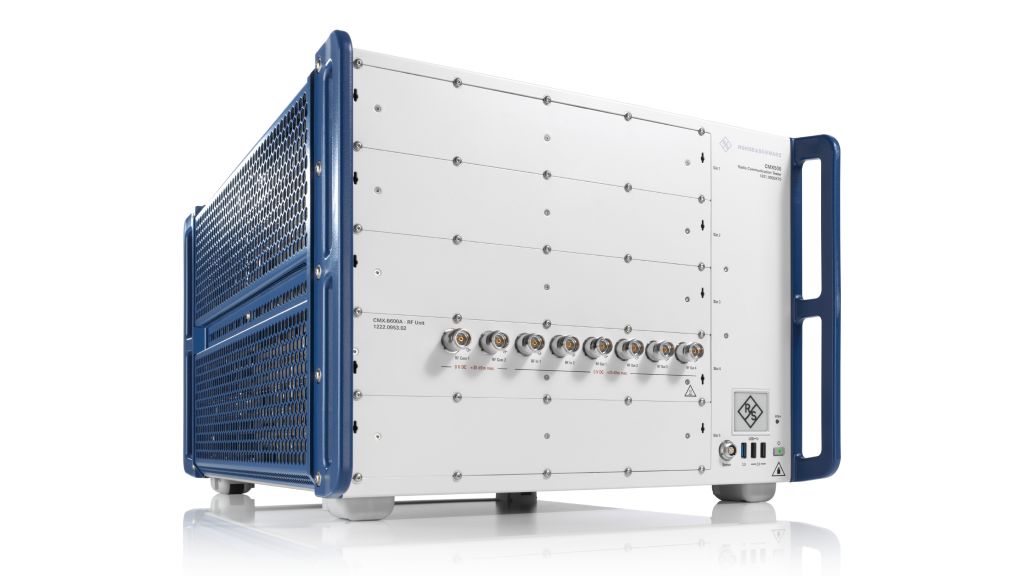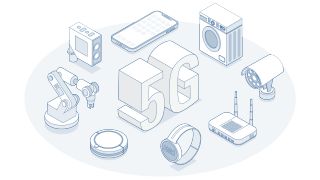What is 5G RedCap?
When introducing 5G devices, it is crucial to have the right balance between features, market readiness, and cost-effectiveness – particularly when the devices must be designed to meet specific requirements and constraints. This is especially important for IoT devices such as smart cameras, wearables, and industrial sensors. The 5G Release 17 brings everything together.
Introduced in 5G Release 17, 5G Reduced Capability (5G RedCap for short), also known as 5G NR-light, enhances IoT applications by supporting various types of devices in different price categories.
5G RedCap serves two main markets:
- Consumer IoT such as wearables, extended reality, and health monitoring
- Industrial IoT fueling smart factories such as surveillance cameras and different kinds of robots.
5G RedCap devices offer reduced features and operate on 5G standalone networks only. This results in greater reliability, lower latency, and improved performance and efficiency.
Asia (led by China) and North America are already making significant progress in adopting RedCap devices for various use cases. The installed base of cellular IoT connections is expected to grow substantially worldwide.











